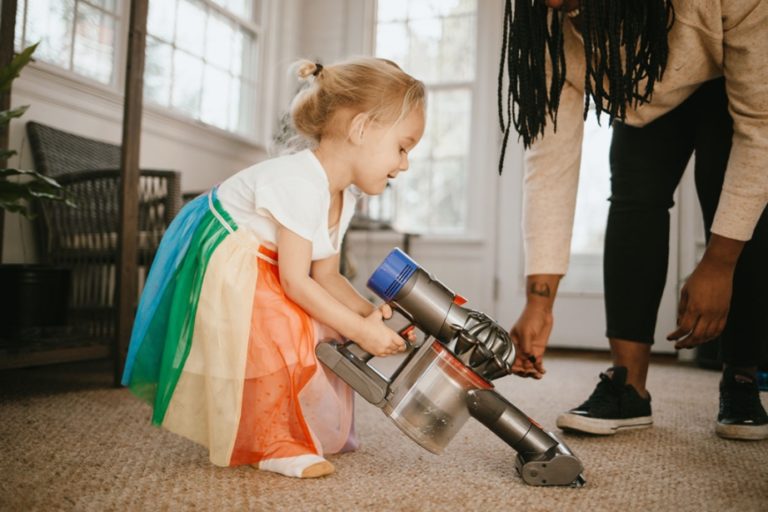Long winters give you cabin fever? Or perhaps you’ve been hiding from a hot summer in the AC.
That stuffy feeling may not be all in your head. Windows closed for weeks in a row can trap dust, mold, gasses, fumes, and other airborne particles. And stagnant indoor air can cause you to feel pretty crummy. We’re talking about headaches, fatigue, and breathing issues. No fun!
We covered all of the common pollutants in our guide to indoor air quality. The trick to improving it, however, is getting fresh air in and keeping pollutants out.
Not quite ready to invest in a fancy home ventilation system? No worries! You can clean up your air without breaking the bank.
Try these seven simple air quality improvement strategies and see if they help you breathe a bit easier.
1. Use your vent fans
Moisture in your bathroom can lead to mold, cooking can create airborne grease and smoke, and household cleaners can release fumes. Bathrooms and kitchens usually have vent fans to help with these issues. Make a habit of turning them on while you cook, clean, or shower.
2. Watch your home’s humidity levels
Humidity can lead to mold growth and create a cozy habitat for dust mites. Keep your home’s indoor humidity levels between 30 and 50%. To test your levels, try a hygrometer (some cost less than $10). To lower humidity, run your vent fans when you shower and cook. Dehumidifiers lower humidity, too. They typically cost a few hundred bucks and increase your electric bill a bit, but that’s still better than paying for mold removal!
3. Keep your home clean
Without those nice air currents flowing through your wide-open windows, allergens and toxins build up. Curtains, carpets, and bedding are major culprits when it comes to dust and allergen collection. Vacuum regularly, dust your things, and wash your curtains and sheets regularly.
4. Change or clean your appliance filters
Furnaces, air conditioners, clothes dryers, vent fans, and range hoods all have filters that need to be changed or cleaned every 1-3 months. Dirty filters (aka lint traps) prevent your appliances from removing allergens and toxins from the air. Ironically, really dirty filters can actually make air quality worse by sending toxins they’ve collected back into your home.
5. Pick up an air purifier
Air purifiers remove allergens floating around in the air. They come in a variety of shapes and sizes, but purifiers that use high-efficiency particulate air (HEPA) filters or activated carbon filters are considered the best for air quality. The cost of replacement filters, the size of the room where you’ll use the purifier, and the amount of noise it creates are all things to consider while shopping.
6. Be realistic about your houseplants
Whether houseplants help with air quality is hotly debated. On one hand, plants pull carbon dioxide from the air, and studies show they can also help remove other harmful toxins. Unfortunately, the amount of toxins they remove is so small that it doesn’t make much of a difference.
But hey, we still love a good houseplant. New to them? Grow your green thumb with our lowdown on houseplants.
7. Choose (and store) your chemicals wisely
Household cleaning products, paints, glue, and wood stains can release harmful toxins. If it’s too cold or wet outside to open windows while using them, consider green cleaning products or wait to do the project when can properly ventilate. Remember not to mix chemicals and to always store them in a tightly sealed container.
One last thing: Keep in mind that another spring is always on the way! Before you know it, you’ll be throwing those windows wide open.
For more indoorsy tips, check out these posts:
- Feeling a little chilly? Read up on supplemental heat sources.
- Restless? Show your inner reader some love by organizing your bookshelf.




